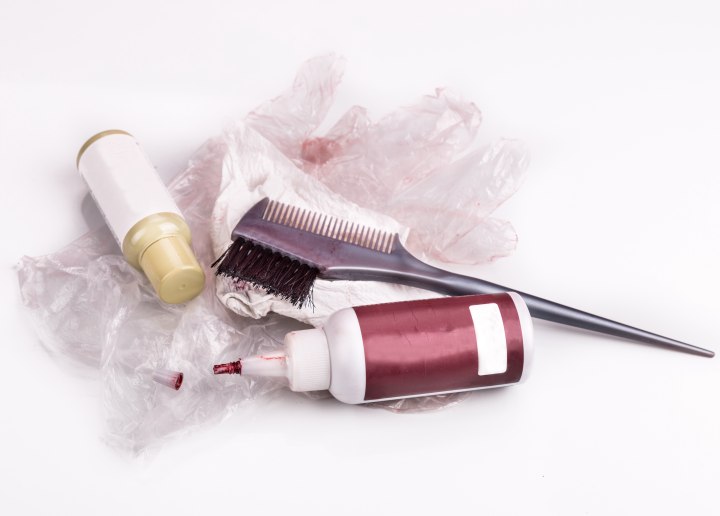Go Back to Your Natural Color

A: Transitioning back to your natural hair color after highlights can be done at home if you're careful with the process. Many women find themselves in your situation: wanting to return to their natural shade without the salon price tag.
For mixing, you'll want to purchase a 10-volume developer, which is gentle enough to deposit color without causing excessive damage. Unlike stronger developers (20, 30, or 40 volume), the 10-volume formula won't lift your natural color but will simply add the new color to your hair. This makes it perfect for your situation where you're trying to blend highlights with your natural shade.
Don't forget to grab all the necessary tools while you're there: latex or vinyl gloves to protect your hands, a plastic mixing bowl, an applicator brush, and a plastic shower cap to cover your hair during processing. You will also need some old towels you don't mind staining. A petroleum jelly like Vaseline can also be helpful to apply around your hairline to prevent skin staining.
When you're ready to color, start by mixing equal parts of the hair color and 10-volume developer in your plastic bowl according to the package directions. The application technique is crucial here. Begin by applying the color mixture to the highlighted portions of your hair first, which are typically more porous and will absorb color more quickly. Work methodically through sections, ensuring every highlighted strand is saturated with color.
Leave the roots (or new growth) untouched initially. After about 10-15 minutes of processing time on the highlighted sections, go back and apply the remaining color mixture to your roots. This staggered timing helps ensure even color absorption throughout your hair. If you were to apply the color to your entire head at once, the highlighted sections would likely turn darker than your natural color, creating a reverse ombré effect.
Allow the color to process for the final 10-15 minutes as specified on the product instructions. During this time, the warmth from your scalp will help the color develop more quickly at the roots, while the previously applied color continues working on the highlighted sections.
When the processing time is complete, rinse your hair thoroughly with lukewarm water until the water runs clear. Follow with a color-safe conditioner or, even better, a color-depositing conditioner in your natural shade to help maintain your new color. These special conditioners contain small amounts of pigment that refresh your color each time you wash.
In the weeks following your color treatment, minimize shampooing and use cool water when you do wash. Heat opens the hair cuticle, allowing color molecules to escape. Also, invest in a quality color-protecting shampoo and conditioner to extend the life of your color.
If you find that your first attempt doesn't completely blend the highlights, don't panic. Hair color transformations sometimes require multiple sessions, especially when covering highlights. Wait at least two weeks before attempting another color application to give your hair time to recover and prevent unnecessary damage.
Returning to your natural color is a process, and having a bit of dimension in your hair often looks more natural than a completely flat, single color. Your goal should be a harmonious blend rather than perfectly uniform color.
©Hairfinder.com
See also:
How to color hair
Do I need to use a color remover before I color over highlights?
How can I remove my highlights? Can I use a de-toner?